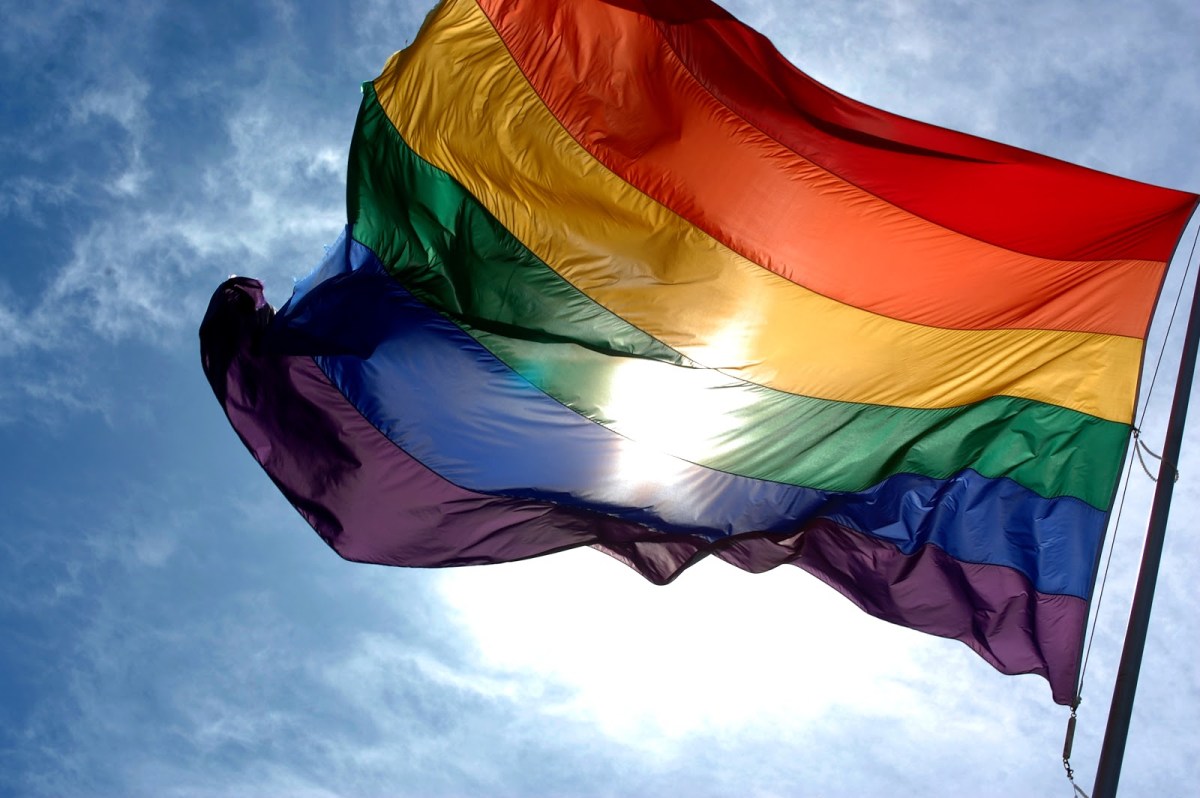According to the Indian government, there is a uniform model of what a marriage is allowed to look like, and any deviance from this standard is not to be permitted. On the 25th of February, 2021, India’s Central government argued in the Delhi High Court that granting same sex marriage the same rights as heterosexual marriages would be against the Indian ethos, and disturb the “delicate balance of personal laws in the country”. The argument went on to describe the Indian family unit as one consisting of the biologically born man as “husband”, the biologically born woman as “wife” and the children born out of the union between the two.
In a poignant scene in Greta Gerwig’s 2019 adaptation of Little Women, Amy is seen telling Laurie that marriage is an economic proposition for women; classical sociologists like E. E. Evans-Pritchard would agree. In the Nuer communities that Evans-Pritchard studied, marriage was a means to consolidate power across families, clans and tribes. Women were exchanged for cattle and other pre-decided gifts which could be returned in the event of a divorce (1951:128). The Central government isn’t wrong when they say that love isn’t part of the equation when it comes to marriage. But the petition is not about classical sociology or kinship structures, it is instead the less-than-radical claim that if heterosexual couples can have their relationships recognized in a court of law, all couples should be accorded the same legality, if they so choose.
It is unsurprising that Nation-States feel obliged to regulate interpersonal relationships. A State needs citizens over whom to exert power in order to legitimize its own authority. The “Indian family unit” invoked by the government is a necessary model by which social reproduction can take place (Federici 2019). The biological production of children through the union of a husband and a wife will lead to them being raised into systems of citizenry where they unquestioningly abide by the rules of the State. Rules which dictate what kinds of authority cannot be challenged.
In patriarchal societies, this tends to be the hierarchical power of men. The man performs his role within the structure of marriage in a position of authority over the woman. Titles such as “Head of the family” are easier to attribute when there is a singular man in power. Having more than one man or woman in an affinal relationship destabilizes simplistic divisions of labour and influence. If one’s role and position within a family cannot be determined simply by virtue of the gender they were assigned at birth, patriarchy quickly begins to lose its sheen. When this family structure is undermined, the Indian State, which is deep-rooted in ideas of patriarchy, can also be challenged.
Another concern put forward by the government was that same-sex marriage was a Western idea that could not be feasibly translated into the Indian context. Apart from being factually incorrect (Advocate Awasthi, who represents the petitioners, was quoted saying that Hindu religious texts contain numerous references to non-binary figures and their conjugal rights), this is not a novel response to LGBTQ+ rights and their representation in the media. In response to Deepa Mehta’s 1996 movie, “Fire”, the then Minister of Culture described lesbianism as a “pseudo‐feminist trend from the West and no part of Indian womanhood”. The RSS added that the “ultra‐westernized elite resort to “explicit lesbianism and perversities to disintegrate the family à la western society,” all while failing to accept “male superiority as a natural course of things” (Dave 2011).
In 1998, peaceful protesters gathered in New Delhi to oppose the RSS’ violence in theatres that screened “Fire”. One particular poster caught the imagination of the nation. A woman confidently held up a sign that said “Indian and Lesbian”. The contention was not with the words Indian nor lesbian, but rather, the little “and” in between the two. It defied the binary of ‘us’ and ‘them’, of ‘Indian’ and ‘Western’, it presented an opportunity to be equally, and fully both. It put members of the community in a position of incommensurability, enabling the question of “What is now possible?”
Image source: AnthroSource- American Anthropological Association
In pursuit of their goal of a Hindu Rashtra, majoritarian organizations such as the RSS have long relied on “queering the other” to further their claims. This is done in order to harbour sentiments of fear and animosity towards these communities. “Muslims, Christians, and Westerners are oversexed; the Congress Party and secularists are eunuchs” (Bacchetta 1999:155). Playing on feelings of safety in familiarity and conformity, labelling your opposition as sexual deviants results in distrust and suspicion of them. These are sentiments that prove invaluable for groups trying to consolidate a vote bank on the basis of a hitherto marginal belief system. The State draws a distinction between the “docile citizen” (typically male bodies, through which traditional masculinity can be performed) and “victims of modern culture” (Alter 1993:57). By codifying which bodies are allowed to interact, and how—the body of the citizen, itself, becomes a theatre of political ideology.
Rithika Abraham is an alumnus of Ashoka University’s class of 2020, with an Undergraduate degree in Sociology and Anthropology. She is interested in questions of migration, and how people interact with economic institutions around them. In her spare time, she enjoys watching bad romantic comedies, five minute crafts, and has recently taken to baking her own bread, and naturally dyeing fabric.
The author would like to thank her classmates, Mimi Healy and Tarini Monga, for access to the readings and archival sources required for this article.
We publish all articles under a Creative Commons Attribution-Noderivatives license. This means any news organisation, blog, website, newspaper or newsletter can republish our pieces for free, provided they attribute the original source (OpenAxis).

